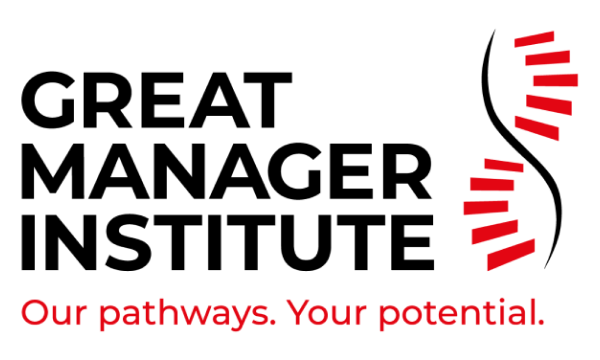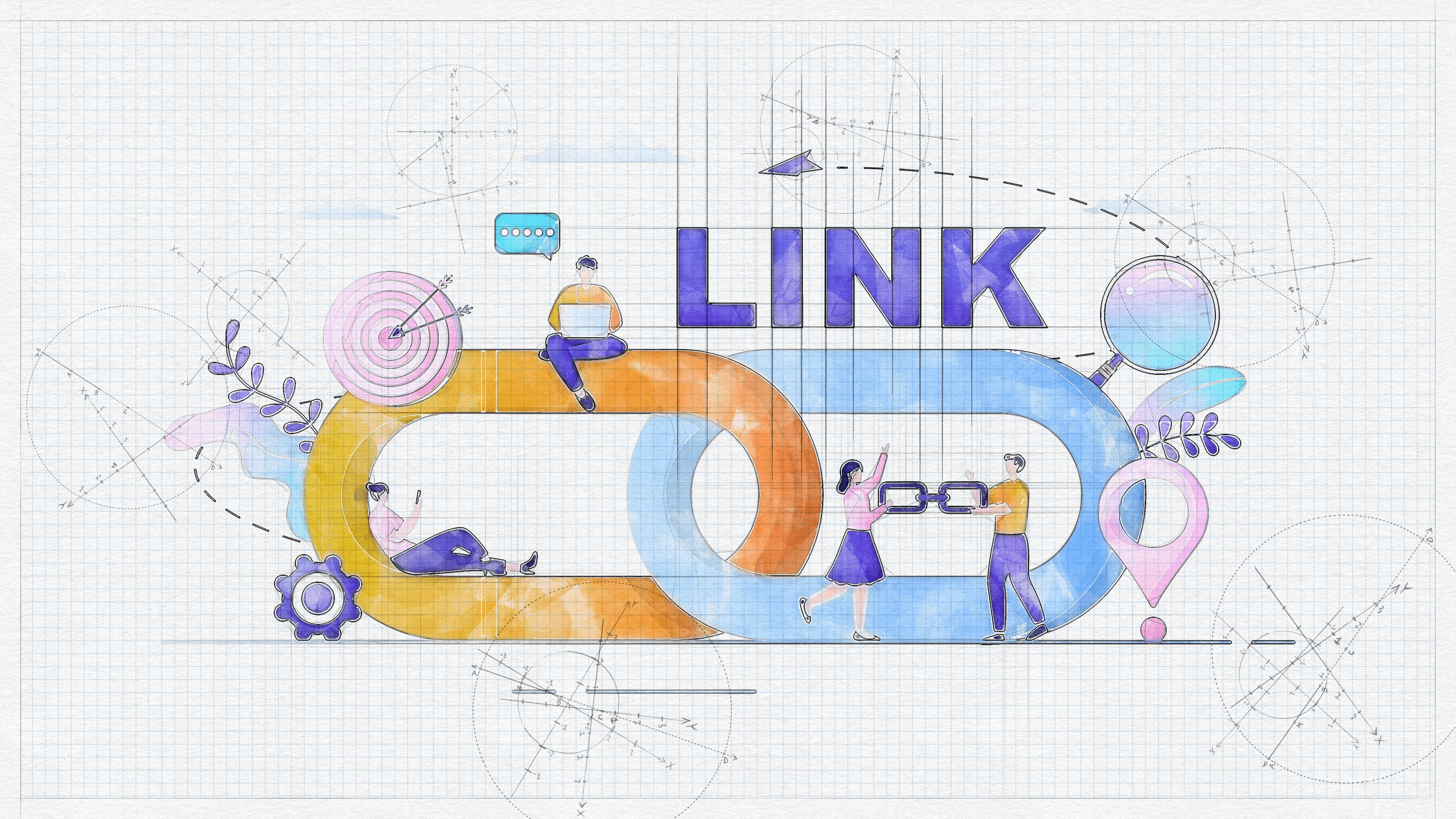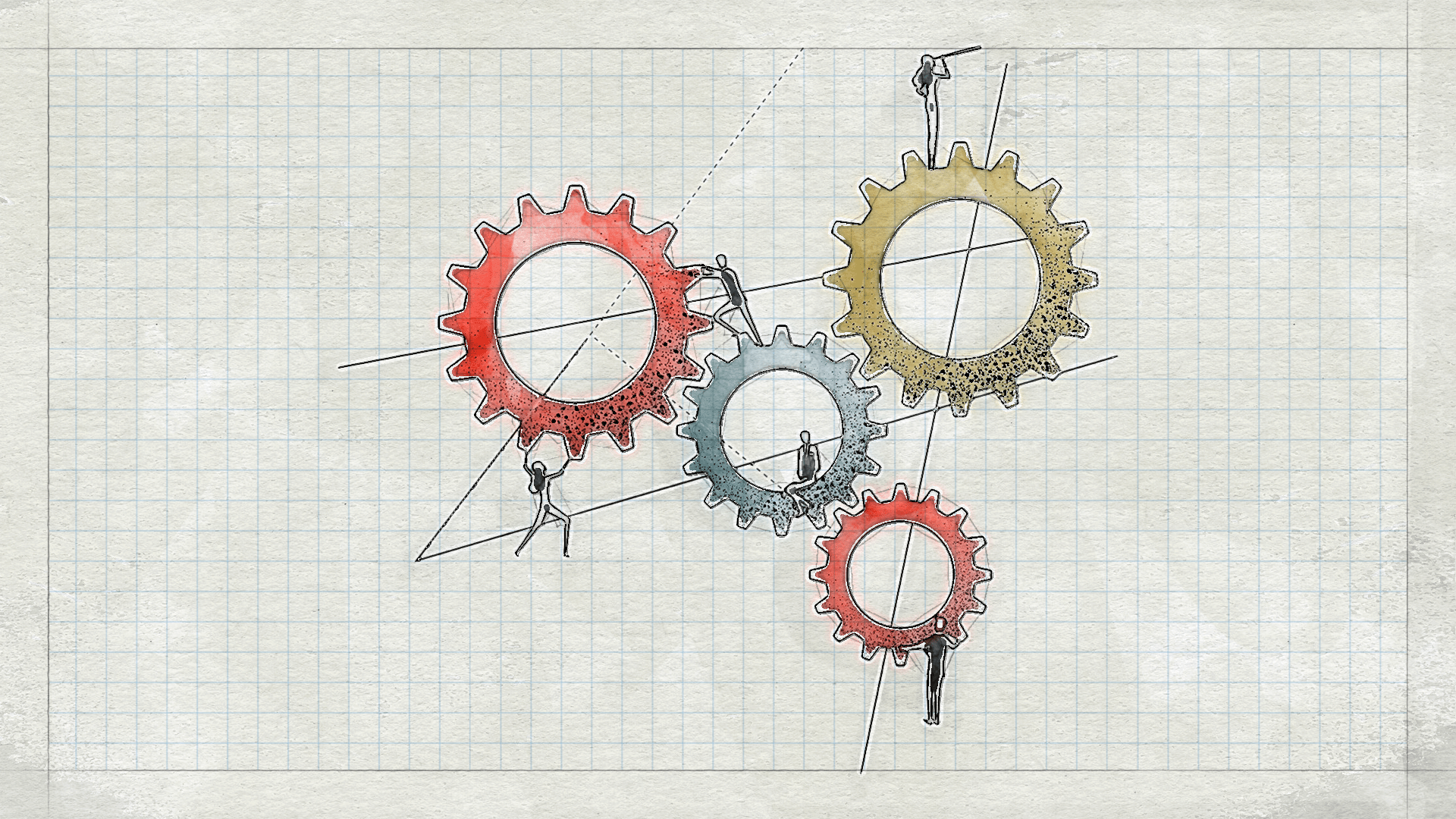A 24-year-old team leader walks into your Monday review.
They’re leading a hybrid team across cities. Some team members are older than them.
They juggle Slack, dashboards, customer escalations—and their own career anxiety.
In the same week, that same 24-year-old is also filling out an engagement survey…
…about their manager.
This is the new reality.
You’re not just hiring Gen Z anymore.
You’re reporting to them, promoting them, and asking them to lead.
At the same time, they’re rating your managers, your systems, and your culture.
From Sep 2024 to Sep 2025, we at Great Manager Institute® analysed:
- ~100 open-text comments about Gen Z managers (≤25 years), and
- 500+ survey responses from Gen Z employees (≤25 years),
responses from Gen Z employees across IT/ITES, BFSI and Manufacturing, and across manager seniority and age.
Looked at together, these two lenses tell one clear story:
Gen Z isn’t “fragile.” They’re quietly rewriting what “good management” means—through what they give as young managers and what they demand as employees.
This is that story.
Act 1: When Gen Z Leads – What Their Teams Actually Experience
When employees talk about very young managers, one word keeps showing up:
supportive.
Teams describe Gen Z managers as:
- Approachable and available – Someone you can ping without fear.
- Transparent – They explain decisions instead of hiding behind hierarchy.
- Empowering – They let people own tasks, instead of micromanaging every detail.
- Calm in crisis – Many stay surprisingly composed when things go wrong.
In other words, your youngest managers are often closer to the leadership behaviours you’ve been trying to cascade for years.
But the praise always comes with a second sentence. A “but”:
“They’re always there for us, but they reply even at midnight.”
“They give us freedom, but they jump in too much when things get tense.”
“They appreciate us, but recognition feels random.”
“They care about our growth, but there’s no clear path.”
The pattern is consistent:
- Communication under pressure can get reactive and emotional.
- Work–life boundaries blur because “care” turns into “always-on.”
- Delegation & trust falter—over-involvement shows up as “helping,” but slows growth.
- Recognition is heartfelt but uneven, depending on mood and bandwidth.
- Growth conversations are high on intent, low on structure.
Gen Z managers, in many ways, get it intuitively:
They know leadership is about listening, empowering, recognising, not just instructing.
What they lack isn’t willingness.
It’s systems: guardrails, rhythms, and tools that turn good instincts into consistent behaviour.
And this is where the story flips.
Act 2: What Gen Z Wants From Their Own Managers – The Mirror
When we move from “How teams see Gen Z managers” to “What Gen Z employees expect from their managers”, it feels like looking into a mirror.
Gen Z employees consistently ask for five things:
- Empathy & Psychological Safety
They notice how you listen.
They value managers who ask, “What’s working?” and “What’s hard?”—and stay to hear the answer.
Safety, for them, is not a poster; it’s the everyday tone of 1:1s. - Clarity & Context, Not Just Instructions
They don’t want to be over-explained to.
They want the “why” behind priorities, trade-offs, and changes.
A short note on why this, why now earns more trust than ten townhalls of slogans. - Motivation & Recognition That Feels Real
Encouragement matters more than ever—not as grand awards, but as micro-recognition:
a quick shoutout in a stand-up, a message after a tough week, a public “you did this, and it mattered.” - Collaboration & Belonging
Gen Z doesn’t romanticize lone-wolf heroes.
They want managers who build togetherness: cross-team projects, shared wins, learning from each other’s attempts and failures. - Adaptability & Calm in Change
They watch closely how managers respond when the pressure spikes.
Calm, solution-focused behaviour during change signals, “You’re safe to engage, not just obey.”
And where do they want managers to do better?
- Balance support with stretch – Don’t just “be there for me,” help me grow.
- More transparent communication – Don’t just inform; explain the thinking.
- Visible growth ladders – Don’t just say “you have potential”; show what the next 12–18 months could look like.
- Fair workload – Uneven distribution kills motivation faster than any benefit can repair.
- Human connection – Small rituals—virtual coffees, retros with appreciations—make a disproportionate difference.
Put simply:
Gen Z wants managers who treat them as adults: emotionally aware, context-sharing, fair, and invested in growth.
Now put these two lenses together:
- Gen Z managers are trying to lead this way.
- Gen Z employees are demanding to be led this way.
The gap isn’t philosophical.
It’s operational.
Act 3: Where the System Cracks – Industry & Hierarchy
Across industries, the same values show up—but the experience of Gen Z varies sharply.
- In IT/ITES, flexibility and hybrid work mean Gen Z often reports healthier balance and better development conversations. Yet even here, a slice of them say: “We talk about growth, but depth and follow-through vary.”
- In BFSI, long hours and low autonomy make balance and development recurring pain points. Conflict handling gets called out as heated or uneven. For a generation that equates fairness with trust, this is costly.
- In Manufacturing, accountability needs to be strengthened. When ownership and follow-through feel inconsistent, Gen Z quickly disengages—especially if they see leaders saying one thing and doing another.
Overlay seniority and manager age, and another pattern appears:
- Middle managers are the pressure bridge—pulled by senior expectations and front-line realities. They often show the most variability in development and conflict handling.
- Younger leaders (26–34) tend to model balance and flexibility more naturally, closer to Gen Z expectations.
- Senior leaders (45–54) are often admired for experience, but seen as inconsistent on balance and visibility of support.
This isn’t about blaming a generation or a level.
It’s a design issue.
Your leadership model was built in one era.
Your youngest managers and employees are operating in another.
If you don’t redesign the manager operating system, you end up with:
- Gen Z managers burning out while trying to be “always-on support.”
- Gen Z employees disengaging because the system doesn’t match the story.
- Middle managers squeezed in the middle—precisely where your culture actually lives.
Act 4: Five System Shifts Leaders Need to Make (Not Just Trainings to Run)
CEOs, CHROs, and L&D heads don’t need another generic “Gen Z playbook.”
What you need is a manager capability roadmap that aligns with how this generation already thinks and works.
From our analysis, five shifts stand out as non-negotiable for the next 12–18 months:
- Wire Emotional Intelligence & Conflict Hygiene Into the System – EI trumps AI
Don’t only run a one-off workshop.
Build a simple micro-curriculum for people leaders: short sprints on triggers, reframes, language to use under pressure, and decision hygiene.
Outcome: fewer hot reactions, faster de-escalations, and a reputation for fairness. - Make Recognition a Rhythm, Not an Accident
Move from “we should appreciate more” to a Recognition OS:
weekly peer kudos, monthly “impact moments,” quarterly story walls.
Outcome: motivation and retention lift without new headcount or heavy programs. - Codify a Coaching Cadence
Turn growth from “we’ll talk about it in appraisal season” to a drumbeat:
fortnightly 1:1s using a simple “Keep / Stretch” frame, plus quarterly growth maps with visible milestones.
Outcome: Gen Z sees a ladder—and starts climbing it inside your company, not outside. - Adopt a Delegation Ladder Across Teams
Replace vague “empowerment” with a clear path:
Observe → Co-own → Lead with review → Own, and track who is where.
Outcome: young managers stop hovering, teams build capacity, and succession planning becomes real. - Make Workload Visible and Fair
Instead of hoping people don’t feel overloaded, visualise workloads:
bi-weekly heatmaps at team level, rebalanced live in the room.
Outcome: fairness goes up, burnout goes down, and you earn trust by acting where it hurts—allocation.
These are not “Gen Z perks.”
They are the infrastructure of modern management.
Gen Z is simply the first generation refusing to tolerate their absence.
Act 5: What This Means for Your 2026 Manager Capability Roadmap
If you strip away the noise, Gen Z is asking for five things from leadership:
- Managers who stay emotionally steady and fair under pressure.
- Open, contextual communication that treats them as adults, not recipients.
- Empowerment with guardrails—autonomy plus clarity on decisions and success.
- Development as a cadence, not a slogan or a slide.
- Balance modeled at the top, not outsourced to individual managers’ goodwill.
At Great Manager Institute®, we see one clear competitive advantage emerging:
Organizations that bake these behaviours into their manager operating system—not just into slideware—will win on engagement, throughput, and leadership bench strength, especially in their middle management.
So the question for 2026 isn’t:
“Do we understand Gen Z?”
The real question is:
Will a 25-year-old manager in your company be set up to succeed— or left to improvise leadership in a system that was never built for them?
Your answer to that will define not just your culture—but your ability to execute, retain talent, and grow in the decade ahead.









